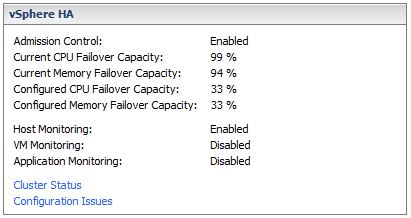For years these rumors have been floating around that DRS does not take CPU Ready Time (%RDY) in to account when it comes load balancing the virtual infrastructure. Fact is that %RDY has always been a part of the DRS algorithm but not as a first class citizen but as part of CPU Demand, which is a combination of various metrics but includes %RDY. Still, one might ask why %RDY is not a first class citizen.
There is a good reason though that %RDY isn’t, just think about what DRS is and does and how it actually goes about balancing out the environment, trying to please all virtual machines. Yes a lot of possibilities indeed to move virtual machines around in a cluster. So you can imagine that it is is really complex (and expensive) to calculate what the possible impact is after a virtual machine has been migrated “from a host” or “to a host” for all of the first class citizen metrics.
Now, for a long time the DRS engineering team has been looking for situations in the field where a cluster is balanced according to DRS but there are still virtual machines experiencing performance problems due to high %RDY. The DRS team really wants to fix this problem or bust the myth – what they need is hard data. In other words, vc-support bundles from vCenter and vm-support bundles from all hosts with high ready times. So far, no one has been able to provide these logs / cold hard facts.
If you see this scenario in your environment regularly please let me know. I will personally get you in touch with our DRS engineering team and they will look at your environment and try to solve this problem once and for all. We need YOU!


